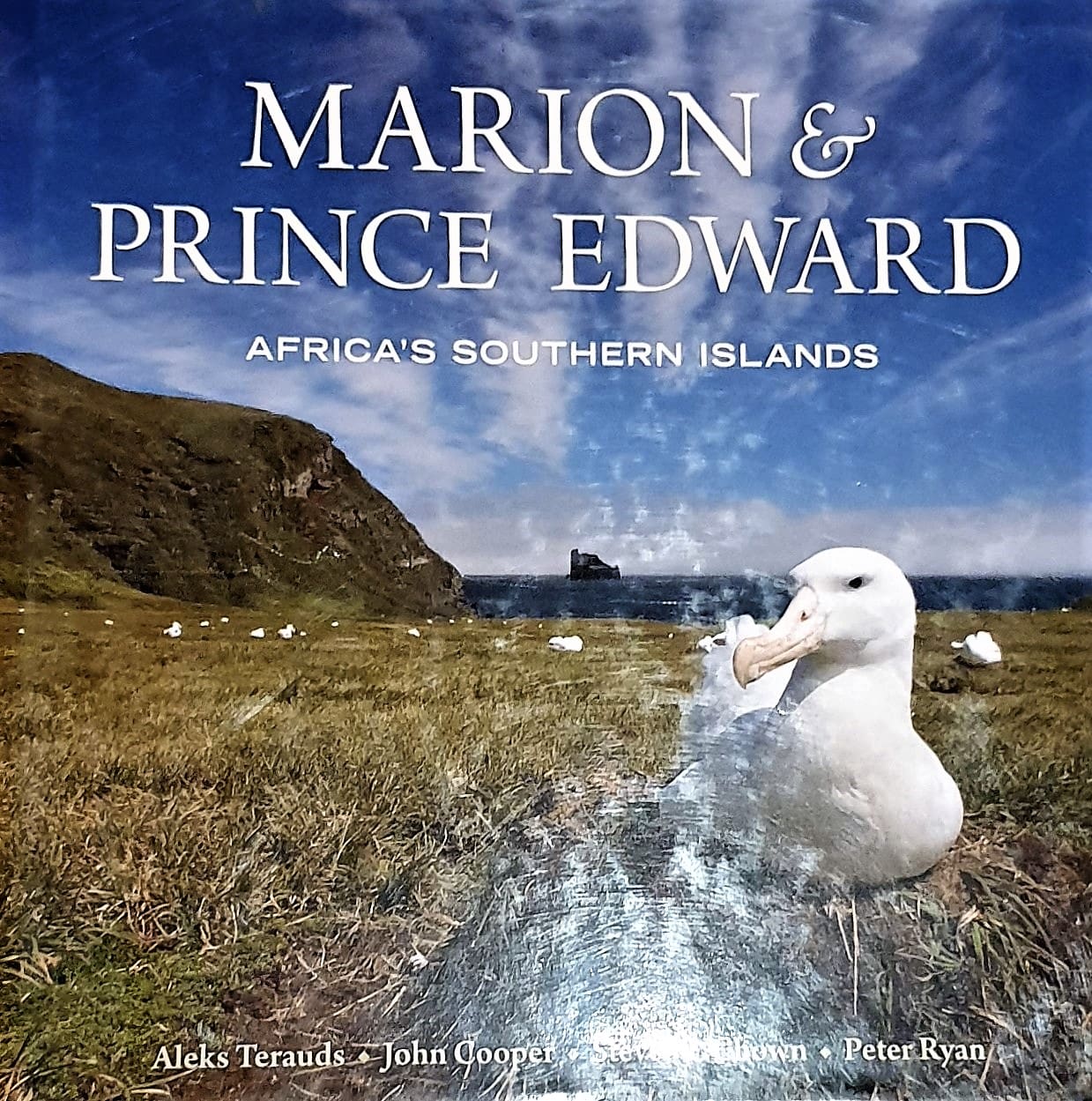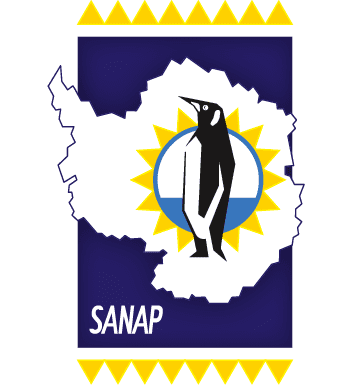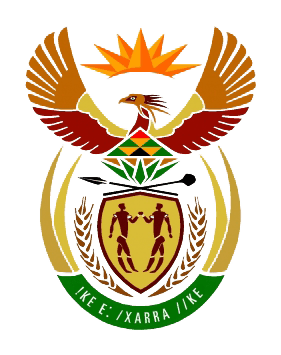On this World Environment Day we focus on Marion Island as the #generationrestoration highlights the importance of the Mouse-Free Marion Project
 Marion Island and Prince Edward Island, collectively known as the Prince Edward Islands, are tiny specks of land in the Southern Ocean, the huge body of water that encircles the Antarctic Continent. Marion Island is the larger of the two islands, with an area of just under 300 square kilometres, whereas Prince Edward Island is considerably smaller – a mere 45 square kilometres. With a summit of 1 230 metres Marion Island is also much higher than the 672-metre high Prince Edward Island. The two islands are close neighbours, with only 19 kilometres of relatively shallow water separating them.
Marion Island and Prince Edward Island, collectively known as the Prince Edward Islands, are tiny specks of land in the Southern Ocean, the huge body of water that encircles the Antarctic Continent. Marion Island is the larger of the two islands, with an area of just under 300 square kilometres, whereas Prince Edward Island is considerably smaller – a mere 45 square kilometres. With a summit of 1 230 metres Marion Island is also much higher than the 672-metre high Prince Edward Island. The two islands are close neighbours, with only 19 kilometres of relatively shallow water separating them.
 The Prince Edward Islands, together with the other islands within the Southern Ocean, form part of a complex and productive ecosystem that has far-reaching influences. In turn the ocean dominates many aspects of the islands, from the way the vegetation grows to climate and geomorphology. The islands rose above the surface of the ocean after a prolonged period of underwater volcanic activity and the rocks and many of the landscapes reflect these tumultuous beginnings. From the jagged, almost surreal expanse of the black lava fields, to the many red scoria cones that dot the landscape, these volcanic origins are responsible for some of the most striking natural features of the islands. Despite the fact that today, researchers and managers visit them every year the islands still remain one of the wildest places on earth.
The Prince Edward Islands, together with the other islands within the Southern Ocean, form part of a complex and productive ecosystem that has far-reaching influences. In turn the ocean dominates many aspects of the islands, from the way the vegetation grows to climate and geomorphology. The islands rose above the surface of the ocean after a prolonged period of underwater volcanic activity and the rocks and many of the landscapes reflect these tumultuous beginnings. From the jagged, almost surreal expanse of the black lava fields, to the many red scoria cones that dot the landscape, these volcanic origins are responsible for some of the most striking natural features of the islands. Despite the fact that today, researchers and managers visit them every year the islands still remain one of the wildest places on earth.
 Text from: Publication Marion and the Prince Edward.
Text from: Publication Marion and the Prince Edward.






